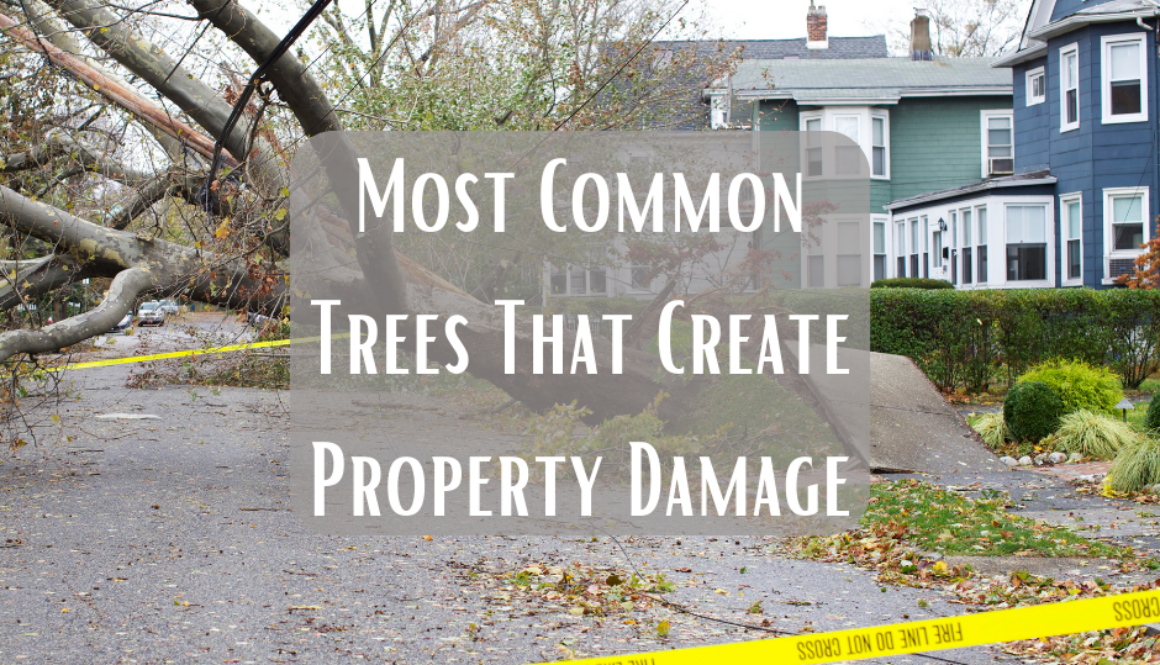Best Materials To Use For Your New Deck
When planning a new deck, start by defining your goals and purpose. Consider factors like location, size, and regulations. Establish a budget and choose materials accordingly. Design the layout, considering additional features. Decide whether to hire professionals or go the DIY route. Obtain necessary permits before construction. Gather supplies and tools, following your design plan accurately. Add finishing touches for aesthetics and functionality. Prioritize safety and seek expert advice when needed. Enjoy the process of building!
Best Materials To Use For Your New Deck
When it comes to planning your project, traditional wood is often the first material that comes to mind. It has stood the test of time and remains a popular choice for a good reason. Traditional wood decks are known for their strength and the natural aesthetic they bring to any outdoor space.
There is a wide range of wood options available for traditional decks, spanning from softwoods to hardwoods. Hardwood decks, for instance, are crafted from materials such as Ipe, mahogany, and tigerwood, which give a touch of exotic elegance. While hardwoods are designed to outperform softwoods in the long run, they are still susceptible to the effects of moisture and weathering caused by the elements.
Although exotic hardwoods like Ipe boast strength and durability due to their density, prolonged exposure to UV rays can cause them to transition from rich, vibrant hues to silvery-gray patina. Additionally, hardwoods often come with a higher upfront cost compared to certain composite and PVC decking alternatives. However, it’s important to note that their performance and appearance require more extensive upkeep to maintain over time.
On the other hand, softwood decks are crafted from materials like cedar and redwood, among other species. These types of wood offer a more affordable option but have a lower long-term value. Softwoods generally lack the same level of protection as their engineered counterparts, leading to the potential accumulation of repair and replacement costs over time.
Moreover, wood decking typically requires various processes to further protect its surface. Staining is one such process, involving the application of tinted chemical treatments to minimize fading and prolong the color of the boards. Sealing is another important step, where clear or semi-transparent sealants create a temporary protective barrier on the surface of the boards.
However, it’s important to note that these processes, as well as wood in general, demand high maintenance. To keep your wood looking its best, you will need to sand and re-stain it every two to five years, while re-sealing is typically required every one to three years. These maintenance tasks illustrate that wood decking may not be the ideal choice if you’re seeking a low-maintenance deck option.
In Conclusion
Thank you for your interest in buying or selling property in Snohomish County. Our team is dedicated to providing comprehensive assistance and helping you with all your real estate needs in the area. Whether you’re looking to purchase a new home, sell your current property, or simply gather more information about the real estate market in Snohomish County, we are here to help.




